Changing the oil in your motorcycle is a straightforward process that keeps your bike running optimally and helps prolong engine and transmission life by reducing wear. Below are step-by-step directions on how to change motorcycle oil for both novice and experienced riders. The process is the same for most powersports equipment, including V-twin, metric and dual-sport motorcycles, as well as ATVs and UTVs.
Motorcycles typically require JASO MA/MA2 certified motorcycle-specific oils because the motor oil also lubricates the transmission. DO NOT substitute automotive, diesel, marine or small engine oil in your motorcycle.
Before you start, you will need to gather some basic supplies and the right oil and filter for your bike. Consult your owner’s manual to ensure you have the correct parts and tools and an appropriate amount of compatible oil.
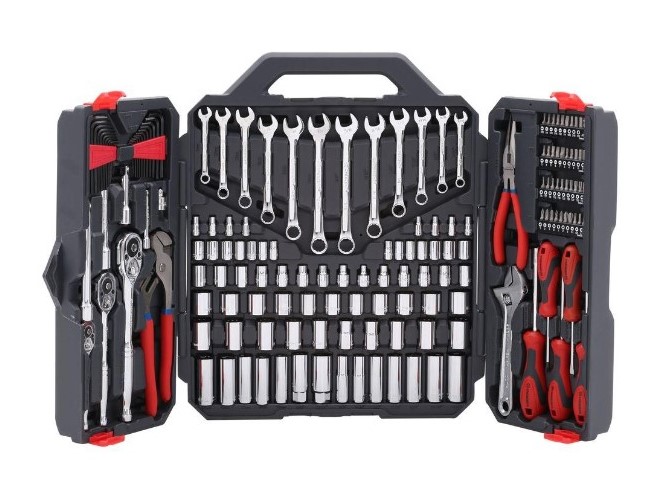
Required supplies
- Quality oil for your Metric, V-Twin, Dirt Bike or ATV/UTV
- Oil filter and filter wrench
- Drain pan and funnel or pour spout
- A socket and box wrench set
- Clean rags and nitrile gloves
Recommended
- A motorcycle lift or wheel lift stands to level the bike at an accessible height
- A torque wrench
- A drain plug gasket, usually made of fiber, rubber or copper.
Pro Tip: Take a 10-minute ride to heat up the oil and help it drain faster.
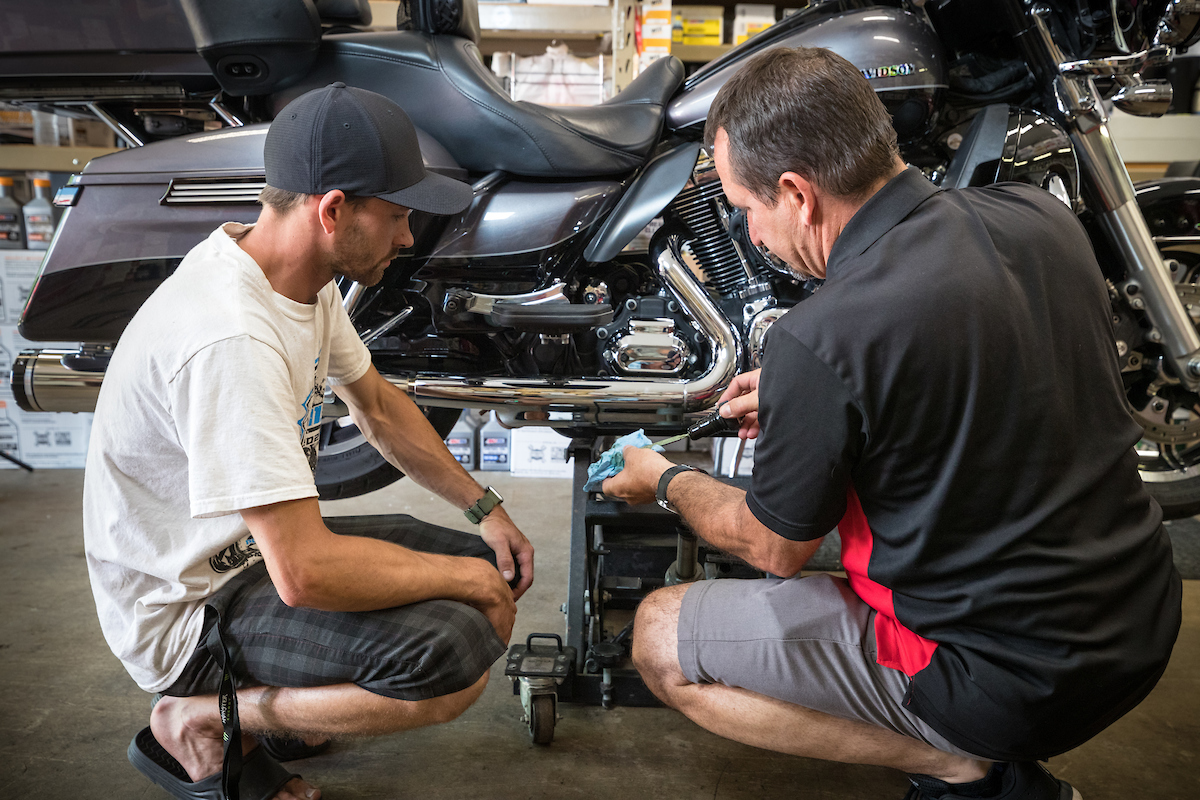
How to change motorcycle oil
1. Clean your work area
Before you start, make sure the oil-change area is clean and free of dirt and other contaminants.
2. Access the drain plug and oil filter
Remove any parts that restrict access to the filler plug, drain plug and oil filter. Note: some bikes may require removing foot pegs or fairings

3. Drain the oil
Place the drain pan under the drain plug to catch the used oil. Identify the fill and drain plugs at the top and bottom of the engine case. Remove the oil-fill plug first, then remove the drain plug with a socket wrench. Let the old oil drain 5-10 minutes until the stream has reduced to a trickle.
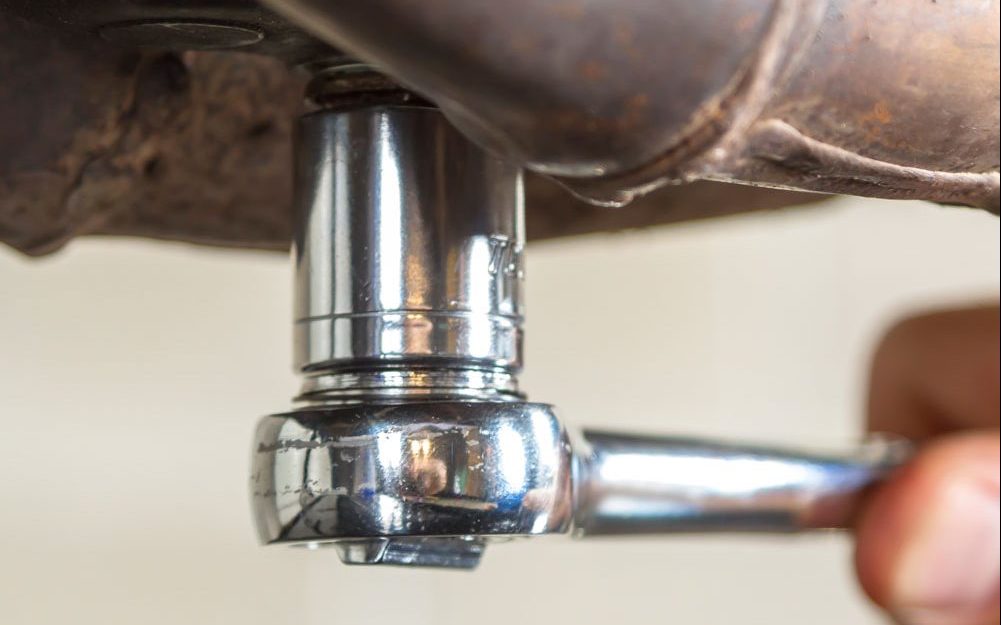
4. Remove the oil filter
While the old oil is draining, remove the old filter. You may be able to unscrew the filter by hand, but an oil filter wrench makes it easy. The tools and procedure required for removal of cartridge-type oil filters may vary; refer to your owner’s manual. Use a clean rag to wipe the area where the oil-filter gasket contacts the engine.
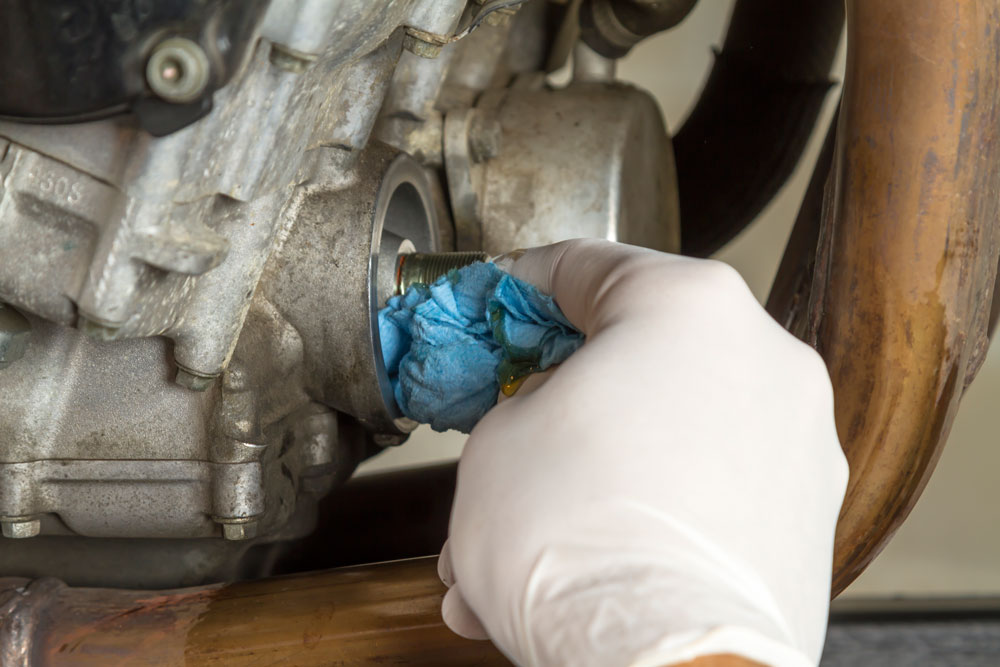
5. Install a new oil filter
Use your finger to spread some new oil on the filter gasket to lubricate and create a good seal. For spin-on oil filters, screw the new oil filter clockwise until snug, but still removable by hand. If using a filter wrench, turn the filter a quarter-turn after it is hand-snug to secure it. For cartridge-type oil filters, tools may be necessary to reinstall the oil-filter cover.

6. Reinstall the drain plug
Replace the drain plug gasket with a new one if your drain plug has one. Screw the drain plug in by hand until snug, to reduce the risk of cross-threading. If you encounter any resistance, back it out and try again. Finish tightening with a torque wrench set to the manufacturer’s torque specifications. If you do not have a torque wrench, tighten the drain plug only 1/4-turn from hand-snug with a box or socket wrench.
DO NOT overtighten.
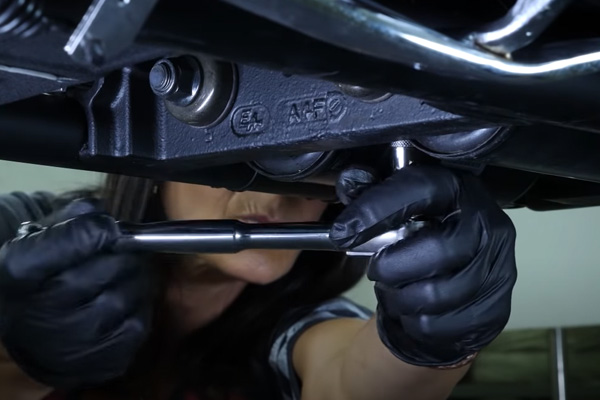
7. Add new motorcycle oil
Refer to your owner’s manual to verify how much oil is required. Depending on the bike there will be a sight glass on the engine or a dipstick to determine fill level. Using a funnel, add 3/4 of the recommended amount of oil. Check the oil level, making sure the bike is level. Continue adding oil until the level is between “Low” and “Full.” Reinstall the oil-fill plug.
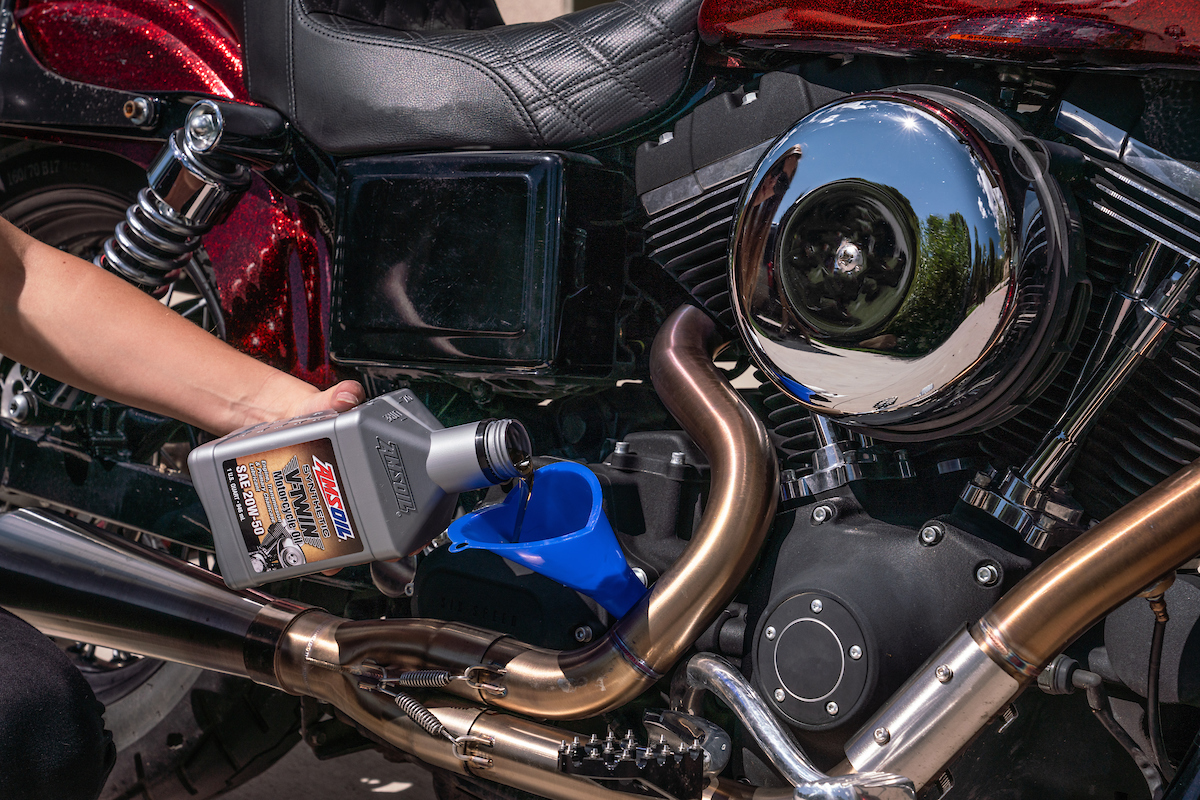
8. Run the engine and check for leaks
Double-check the oil level.
Add or remove oil if necessary.

9. Properly dispose of the used oil and filter
It’s often easiest to return the used oil from your drain pan into your new oil containers after you’ve filled your bike. Be sure to dispose of your used oil and filter properly and in accordance with government regulations. Most municipalities, auto parts stores and oil change facilities accept used oil at no charge and recycle it, to keep it from polluting our waterways.

With some practice, changing your own motorcycle oil is a quick and easy process that can be done in the convenience of your own garage. If you’re a beginner, we recommend investing in the right tools and changing the oil cold a few times to avoid the risk of burning yourself.
If you don’t know which oil is right for your bike, we’ve got you covered.
Find the right oil for your bike
We also have a video showing how to change the oil on a Harley-Davidson motorcycle.
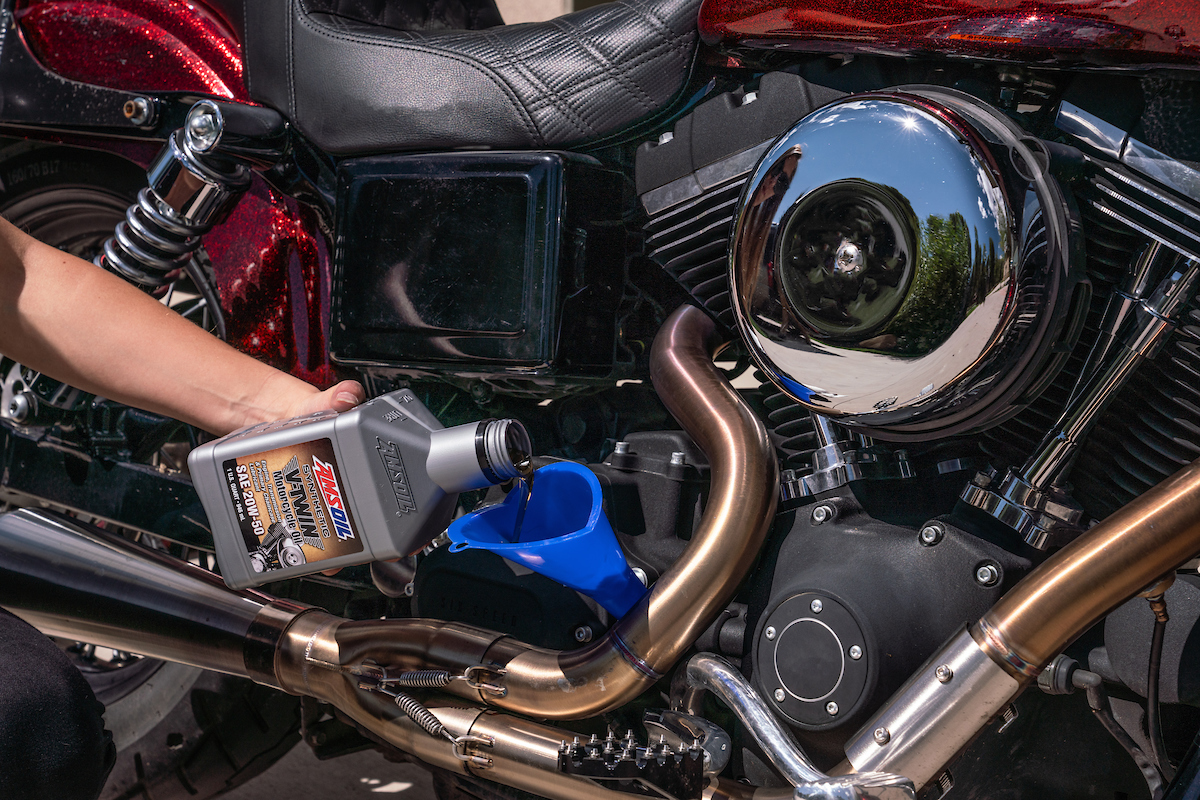

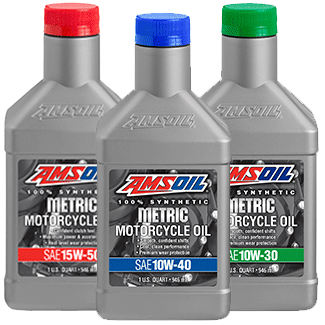
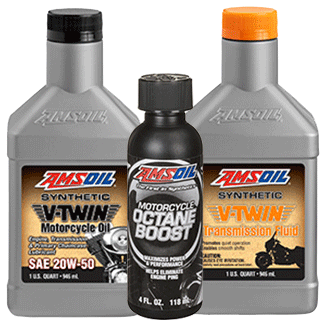
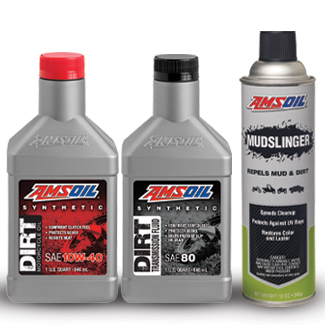

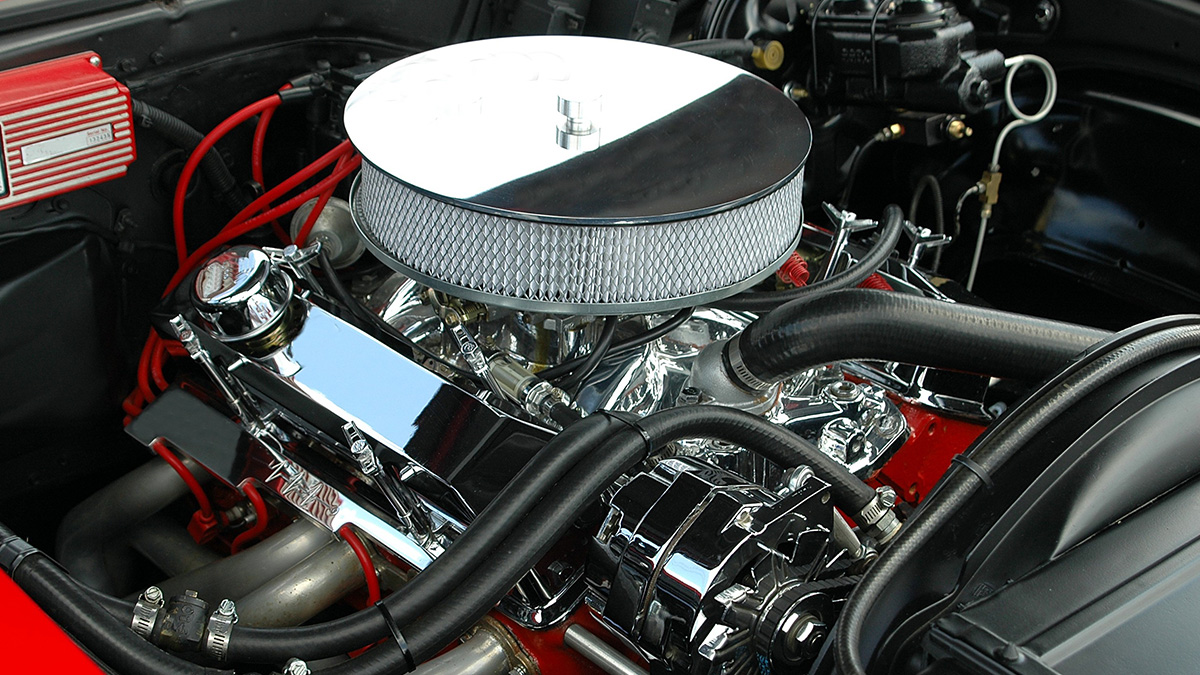
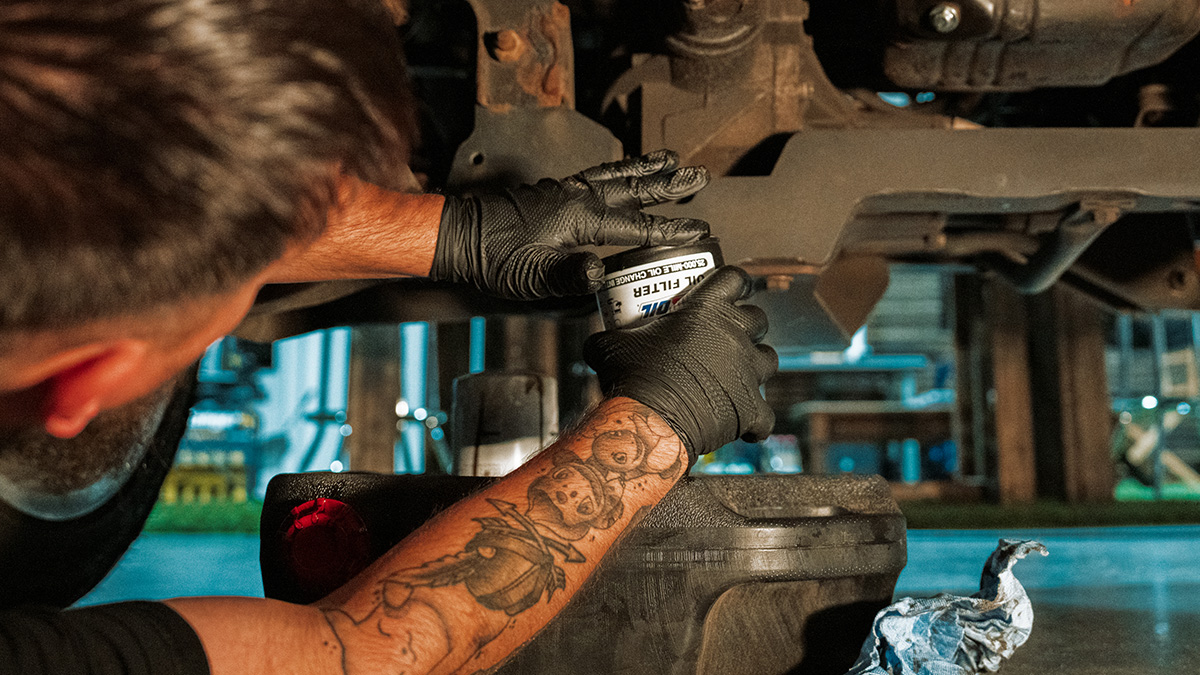
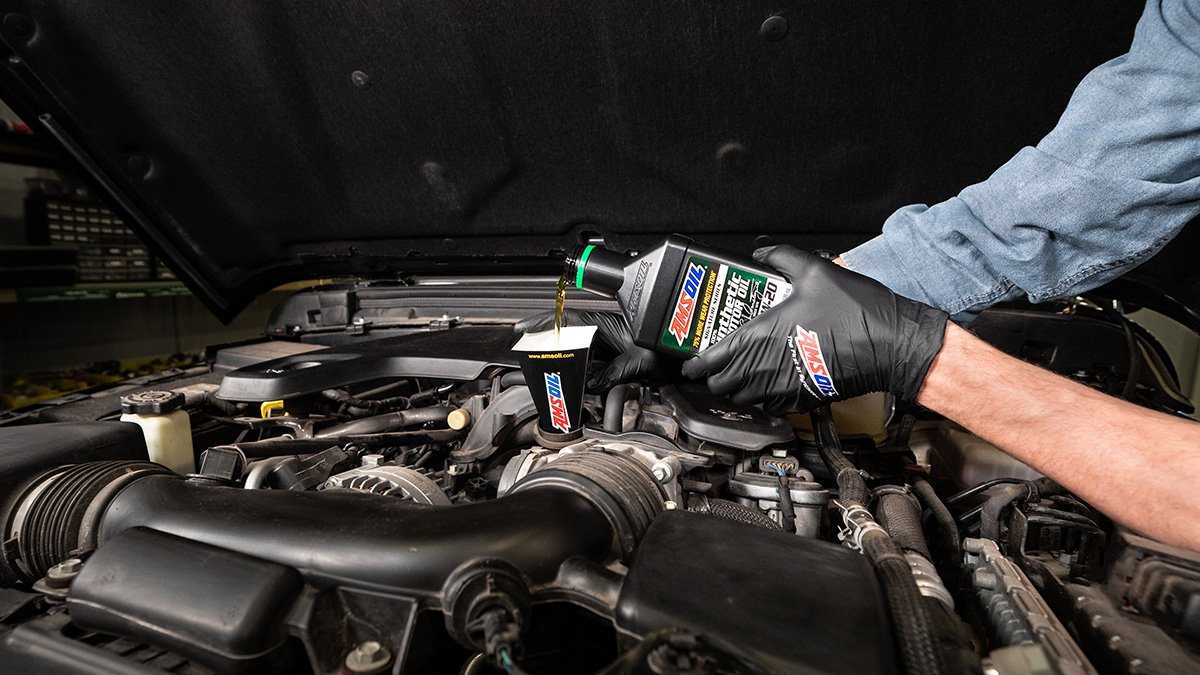

Comments
AMSOIL Technical Writer and 20-year veteran of the motorcycle industry. Enjoys tearing things apart to figure out how they work. If it can’t be repaired, it’s not worth owning.
Share: